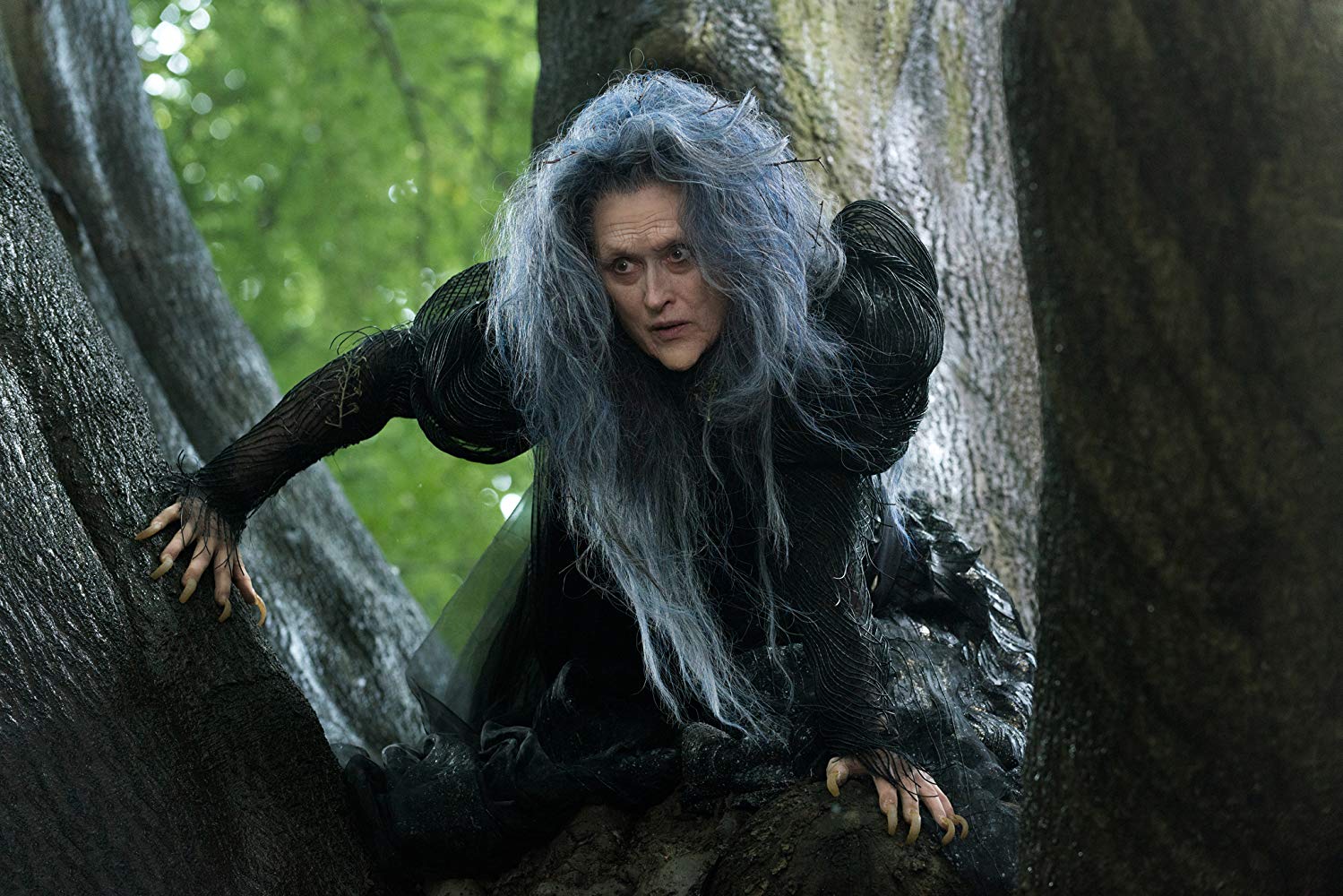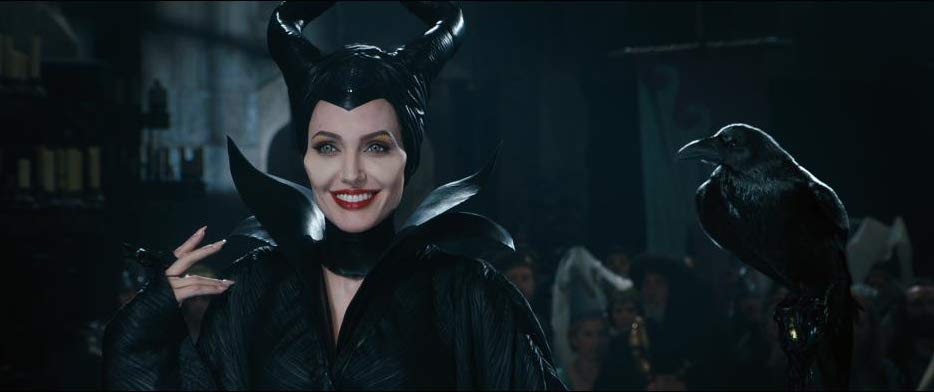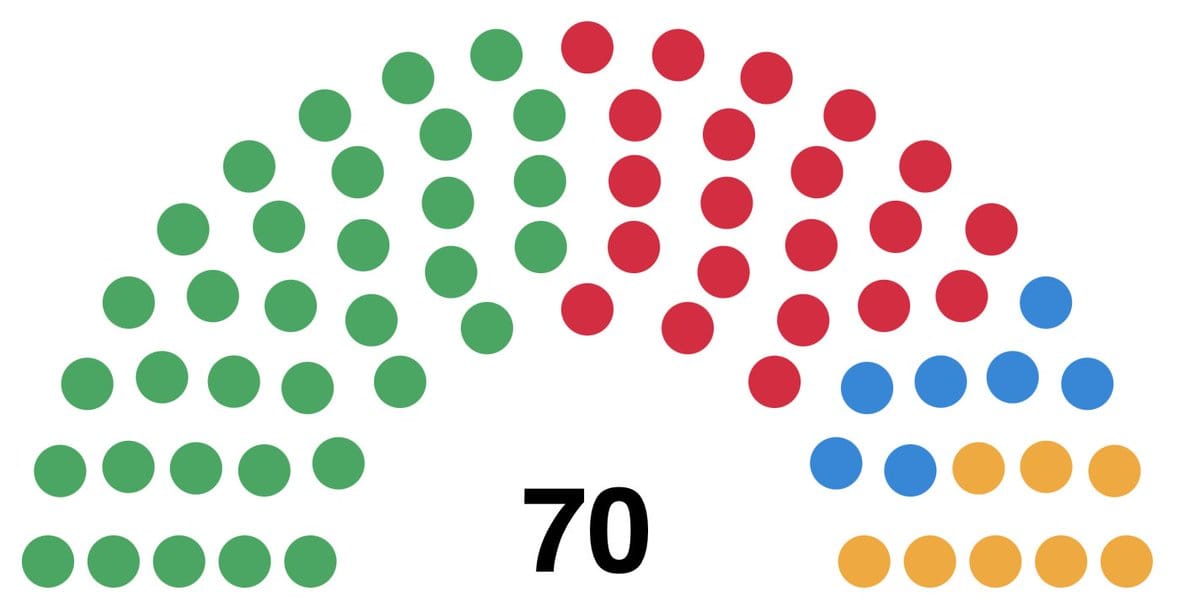By Felicity Gardner, Second Year Physics
Watershed are running a season called ‘Reclaiming the Witch’ from November 3-25, exploring the cinematic history of the term and its significance in societal views of woman with a series of films and discussions. What role has the idea of witches had on the treatment of women in ancient and recent history, and how does it still exist in the present day?
The image we have when we think ‘witch’ has existed since the 1500s with two main stereotypes standing out. Firstly, we have the young seductress: beautiful, elegant and charming - literally. She is the original femme fatale, enchanting men to achieve her own - usually villainous - goals. Secondly, we have the hag: old, hideous and malevolent, the classic fairy tale villain.
The crone, the villain in most Disney princess films, is one of the most pervasive images of witches. She is envious of all she has lost, youth and beauty, with her only aim being to reclaim those virtues or stop others from possessing them. She appears in Snow White (1937), where she is vindictive in her revenge. In The Witches (1990), she is in disguise, terrifying children into believing any woman would curse them. Despite seemingly in direct opposition to the seductress, in many films she is both. In Stardust (2007), we see a crone fleetingly regain youth, losing the only other things of value to her - her sisters - in her single-minded pursuit to keep it.
Our Reclaiming the Witch season starts this week - here's a wicked little intro to some of the witches we'll be celebrating in our cinematic coven 🧙♀️https://t.co/h0zpKgSiE4 pic.twitter.com/ibz6Di452E
— Watershed (@wshed) October 30, 2018
Twitter / @wshed
Witches are outcasts, who reject and rebel against societal expectations. The seductress embraces her sexuality and rejects any idea of family. The hag is an unhelpful spinster, who creeps around in the woods and lives on the fringes of society. Compare this to Glinda the Good Witch from The Wizard of Oz (1939), who celebrates the Wicked Witch of the East’s death and says ‘only bad witches are ugly’, disparaging women who don’t follow societal standards of beauty. You may wonder why she is the ‘Good Witch’, but it is because she is the ideal feminine cheerleader stereotype - pink, chirpy, and always happy to help others.
The evils of being a witch have always been linked with race and hatred. In ancient Greek mythology, Medea, a witch, marries a hero, but when they travel back to Greece she is outcast, her magic and foreignness indistinguishable to the Greeks. In the Salem trials in late 17th century United States, Tituba, from South America, was blamed for the corruption of young girls into witchcraft. More recently in Game of Thrones (2011-2018), magic comes from foreign lands, north of the wall or across the Narrow Sea, which are often associated with evil.
Although witchcraft is now rare, people still use the stigma attached with it to criticise women in power. When Maggie Thatcher died in 2013, ‘Ding Dong the Witch is Dead’ from The Wizard of Oz reached No 2 in the UK Singles Charts. During the 2016 US election, pictures of Hillary Clinton were photoshopped with a black hat and broom, with some calling her the ‘Wicked Witch of the Left’. In Australia, Julia Gillard, former Prime Minister, was subjected to protests using multiple ‘Ditch the Witch’ signs, and Peter Dutton MP, called Samantha Maiden, an national journalist, a ‘mad fucking witch’. Maiden wore the derogatory comment as a badge of honour, adding it to her Twitter bio.
AWKWARD: Peter Dutton accidentally send "mad witch" text to the targeted wiccan https://t.co/fhEayVIosN
— 𝕤𝕒𝕞𝕒𝕟𝕥𝕙𝕒 𝕞𝕒𝕚𝕕𝕖𝕟 (@samanthamaiden) January 3, 2016
Twitter / @samanthamaiden
Using the word as an insult fits this context, the concept witches has always embodied the fear that women could be powerful and used to vilify any women that are. Witches have a perception attached to them that the power they have through magic has corrupted them, and turned them mad in a way that could only happen to women.
There are many words describing magical men, but there are none that divides them into two unambiguous definitions like the words ‘witch’ and ‘fairy’. There is no predefined good or bad. For mystic men there is wisdom, in the form of Merlin, or ambiguity, in the form of Loki from Marvel, or a million other traits associated with their magic. There is not the idea that men use magic solely for their own gains, and in many cases it is used to seek greater purposes such as knowledge.
Artist and writer Deanna Petherbridge says ‘Witches are the scapegoats on which the evil of society is projected’. This idea can be seen in Into The Woods (2014) where each character fails, and all of them decide the best way to escape from their situation is to blame the witch. The trend of wrongly blaming women for problems continues now - often victims of rape or abuse are blamed for the crimes for which clearly the offending are at fault. Mothers are blamed for their child’s problems, whether it was in their power to help them or not. The scapegoating of women started with witches, but still carries on today.

IMDb / Into The Woods / Disney
Nowadays, there are two notable types of real-life witchcraft. There are the witches of Sub-Saharan Africa. In the region, witch hunts still happen and are often led by relatives, who use it as an excuse to claim property. These hunts are parodied in I Am Not A Witch (2015), which shows how farcical the system seems as well as the seriousness of its effects. If you are accused of being a witch, it can ruin your life, no matter how hard you work to gain respectability. The other side of witchcraft is exemplified by Wicca, a Neopagan movement, who abide by the rule do what you want as long as no others come to harm. They are well represented in Runaways (2017-) by Nico Minoru (Lyrica Okano) who chooses to run away from her evil family to help others with her craft.
The idea of witches has been used to undermine and demonise women for centuries. But the characteristics which previously defined witches as evil are what make them role models now. They live in rebellion, as outcasts, rejecting what does not help their way of life. They live in a sisterhood, as in Hocus Pocus (1993), supporting the women around them.
"An especially interesting character to observe, especially into today's political climate"
Thea Berry, 'Reclaiming the Witch' curator
Thea Berry, studying a MA in Curating at UWE, has curated the season during her placement at Watershed spoke to us about the relevance of witches now: ‘[Witches are] an especially interesting character to observe, especially into today's political climate - most particularly in the States with Me Too and Time's Up, the Trump administration and with, most recently, Brett Kavanaugh being nominated for Supreme Court Justice after which there were people who hexed him.'

IMDb / Maleficent / Disney
As witches have become more celebrated they have taken centre stage in films, rather than being relegated to the antagonist role. We have more relatable witches that make mistakes like Sabrina the Teenage Witch (1996-2003) and Eglantine Price from Bedknobs and Broomsticks (1971). We have misunderstood ‘baddies’, such as Maleficent (2014) and Elphaba from Wicked. We have transitions between good and evil, in a way that allows you to empathise with characters, such as Morgan from Merlin (2008-2012) and Marvel’s Scarlet Witch, rather than just fear them.
Witches have become characters we can like and admire, rather than outcasts to fear and persecute. It is time to own with pride the title of ‘Mad Fucking Witch’.
Watershed’s ‘Reclaiming the Witch’ season starts with a screening of The Wizard of Oz (1939) on Saturday and continues for the rest of the month. On Sunday, the cinema is hosting a panel discussion titled ‘Exploring the Witch’. See more here.
Featured Image: IMDb / The Wizard of Oz / Warner Home Video
Do you believe the change in perception of witches signals a wider societal shift towards equal representation of women?
Facebook // Epigram Film & TV // Twitter









